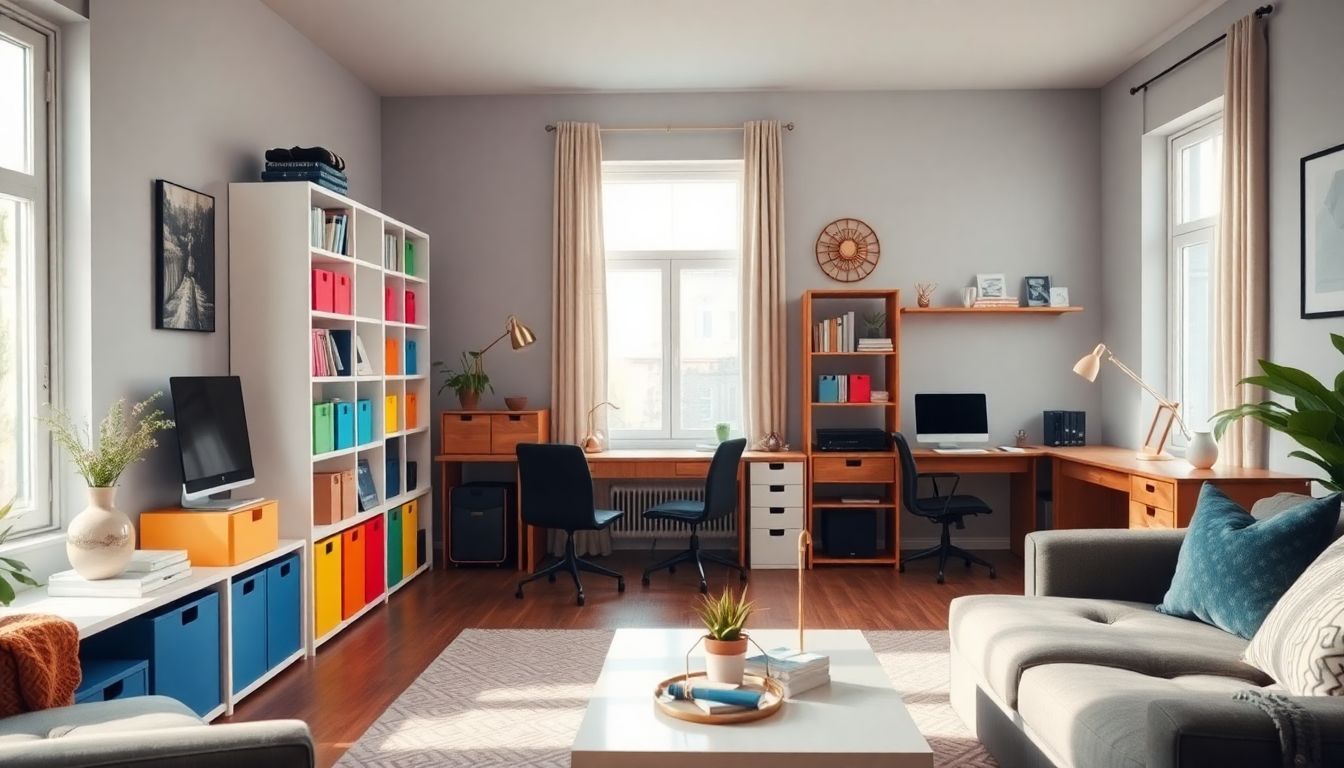Introduction
A lovely tidy home is not only lovely to behold — it’s also good for your mental well-being, increases your productivity, and brings more calm into your day. If your home is cluttered, it’s simple to feel overwhelmed or weighed down. But even tiny steps can make a huge difference. Breaking big projects into infinitely small steps helps to make organizing simpler. Science has shown that a clean house decreases levels of stress and allows you to focus more efficiently. This book gives you tips on how to start simply and keep your area so the long term reward you.
Why Starting Simple Works for Most
The psychology of minimalism and decluttering
Clearing your space clears your mind too. With all the things in their place, life just feels easier. Clean, tidy rooms keep you relaxed and on top of things, say the experts. And it’s less stressful to cope with a zillion little adjustments than a dozen humongous ones at once.
The magic of incremental change
Small wins snowball. Imagine cleaning one drawer or one shelf today. Another drawer or another shelf tomorrow. Marie Kondo’s method demonstrates how to build experience in small areas that leads to long-term change. Her method is so widely popular internationally because it is effective and it’s within reach.
Breaking paralysis with steps within reach
Don’t attempt to do it all at once. Plan 10-minute clean-up sessions if necessary. Acknowledge small victories — such as a clear countertop or a tidy closet. This maintains motivation levels and reduces burnout.
Assessing Your Space: The First Step to Effective Organization
Conducting a thorough home audit
Start walking around your home. Pinpoint clutter trouble spots like the kitchen counter or reading nook in the bedroom. Take pictures or make lists to mark what needs to happen right away. Mark your observations so you can keep track.
Sorting your stuff
Sort things into various stacks: keep, give away, throw away, or store. Be honest with yourself as to what you actually need or adore. If you have not touched an item in a year, it is likely okay to let it go.
Setting realistic goals for each room
Make short-term goals like cleaning the dresser this day. Long-term ones can be organizing the entire garage in a month. Visualize how you would want each room to be and plan your moves in advance.
Constructing an Easy and Efficient System
Minimalist storage principles
Choose multi-purpose containers like bins or baskets. Clear storage makes things visible. Label them all so your system is easy and simple to navigate.
Set flow and access as first priority
Organize by use. Place daily essentials where you can access them easily. Leave an open path – too much distraction hinders you.
Creating maintenance habits
Create small daily routines like cleaning for five minutes or putting things back to their place. Weekly and monthly maintenance reviews prevent trash from spreading out of control. Organize automatically, not tedium.
Easiest Ways to Organize Various Areas of the Home
Living Rooms and Common Areas
Reduce additional pillows or books. Choose multi-functional furniture, like storage ottomans. Keep seating areas free for relaxation or parties.
Bedrooms
Fold clothes neatly and keep only a small quantity. Store seasonal items in closet storage units or under the bed. Keep nightstands organized with essentials within easy reach.
Kitchens and Pantries
Stack kitchen supplies such as canned food or spices. Put them in clear containers and label them to make them easily reachable. Organize the shelves for simple meal preparation.
Home Office
Organize documents into computer files or folders. Keep supplies in individual buckets. Allocate an enclosed working space to be more efficient.
Bathrooms
Organize toiletries and eliminate expired ones. Utilize small spaces with the help of shelves or hanging organizers. By making use of vertical storage, counter space is saved.
Long-Running Maintenance of an Organized Home
Long-Term Success Tips
Establish routine cleaning and decluttering times. Adjust your procedures as per your evolving needs. Employ small habits to prevent clutter buildup once more.
Involving the household
Involve the entire family. Leave practices such as weekly cleaning. Making it a group activity keeps everyone on their toes.
Conquering setbacks
Do not be deterred by setbacks. Error is bound to happen. Get back up with a new strategy or reward yourself for attempting. Perfection is not required, but consistency.
Start small. Measure your area. Make easy, achievable routines. Keep regularly. These actions transfer organizing from a maddening chore to an achievable practice. Remember, consistency beats perfection hands down. Start today — clear out one little area and feel your achievement. A tidy house isn’t just more lovely; it’s healthier for your mind, body, and soul. Design a space that’s just right, and revel in the peace that ensues.
